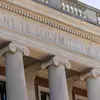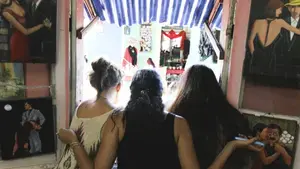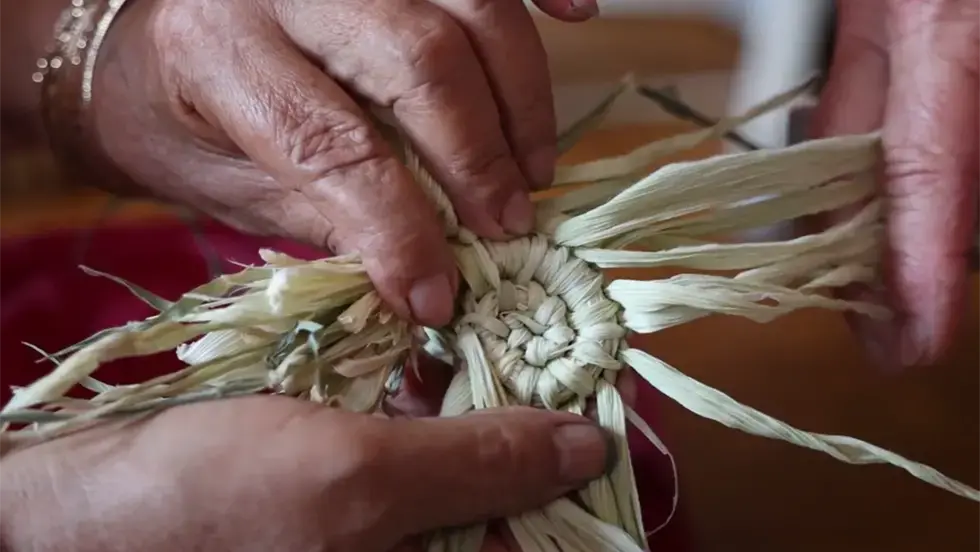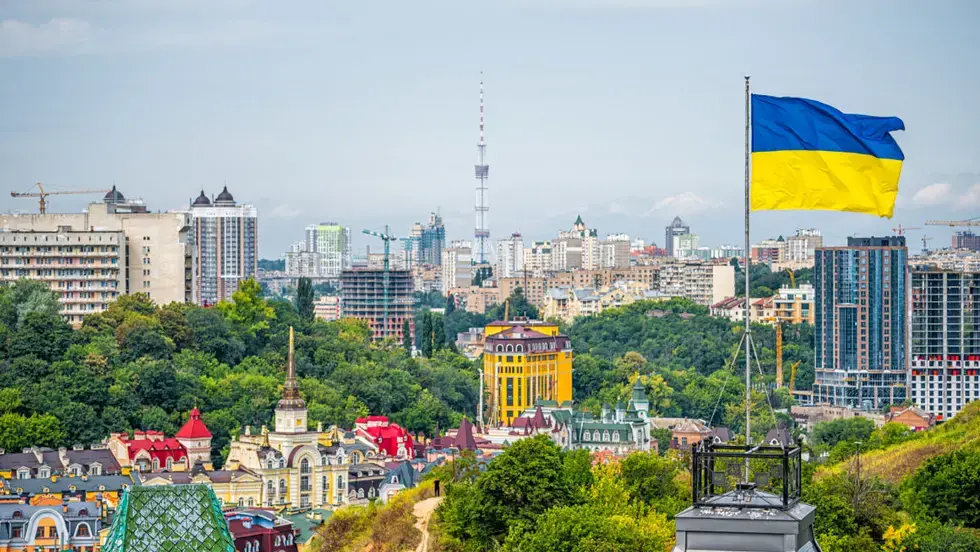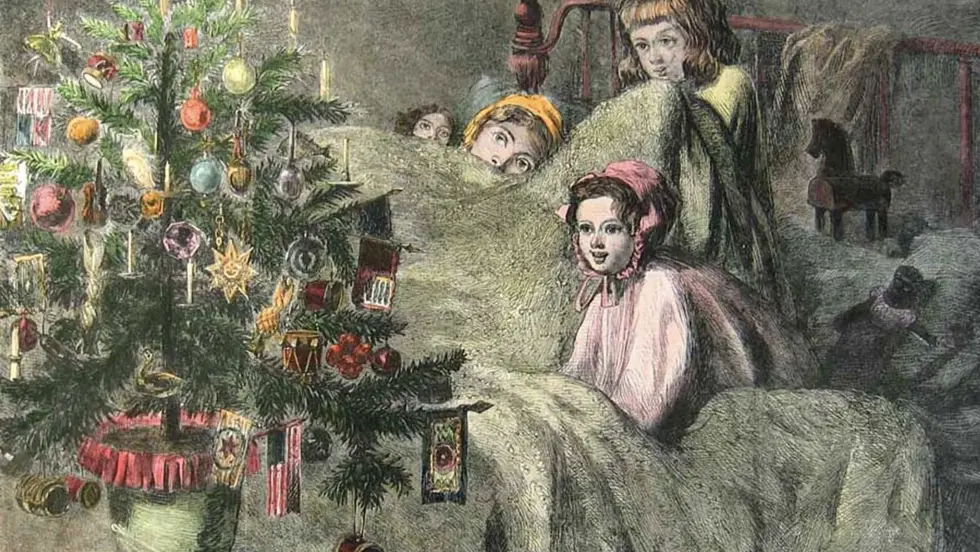
Studies in World Literatures
The Studies in World Literatures Program is an interdisciplinary major that will allow you to explore the literary, visual and performative texts produced in different times, places and cultures. While approaching the study of world narrative as a common human phenomenon, the major also asks students to understand how the form, content and modes of expression are challenged, developed, influenced and embraced in unique and self-defining ways by the cultures that produce them.
Requirements
Studies in World Literatures (STWL) courses. Departmental courses listed as comparative can also fulfill the STWL course requirement. Conducted in English; no prereqs.
- STWL 221: Coming-of-Age: Writing Women in the 20th Century
- STWL 222: Contemporary African Literature
- STWL 233: Introduction to French Cinema
- STWL 234: Women Make Film
- STWL 235: Topics in African Cinema (in English)
- Two courses in the category of survey/theme. Language varies; prereqs may apply.
- CHIN 250: Traditional Chinese Literature (in English)
- DFST 303: Deaf Literature (in ASL)
- FREN 427: 20Th -21st Century Novel (in French)
- FREN 471: Masterpieces of French Cinema (in French)
- FREN 472: Race & Gender in French Cinema (in French)
- GERM 403: 19th Century German Literature (in German)
- GERM 405: Kafka, Hesse, Mann and their Contemporaries (in German)
- GERM 406: Contemporary German Literature (in German)
- GERM 407: German Law and Literature (in German)
- ITAL 420: Twentieth Century Novel & World War 2 (in Italian)
- ITAL 457: 19th Century Novel (in Italian)
- RUSS 250: Madness in Russian Literature (in English)
- RUSS 251: Tales of Desire (in English, comparative)
- RUSS 253: Fire & Ice: Siberia in Fiction (in English, comparative)
- RUSS 260: 19th Century Russian Literature (in English)
- RUSS 261: 20th/21st Century Russian Literature (in English)
- RUSS 264: Writing Under Stalin (in English)
- RUSS 265: Roots of Russia: Medieval History, Art & Culture (in English)
- STWL 233: Introduction to French Cinema
- STWL 234: Women Make Film
- Two courses in the category of genre/author. Language varies; prereqs may apply.
- CHIN 255: Chinese Culture Through the Camera’s Eye (in English)
- FREN 471: Masterpieces of French Cinema (in French)
- FREN 427: 20th-21st Century Novel (in French)
- GERM 405: Kafka, Hesse, Mann and their Contemporaries (in German)
- ITAL 260: Dante (in English)
- ITAL 325: Boccaccio’s Decameron (in Italian)
- ITAL 420: Twentieth Century Novel & World War 2 (in Italian)
- ITAL 457: 19th Century Novel (in Italian)
- RUSS 257: Russian Drama and the West (in English, comparative)
- RUSS 258: Russian Cinema (in English)
- RUSS 259: Fairy Tale: Russia & the West (in English, comparative)
- RUSS 263: Soviet Art & Literature (in English)
- STWL 233: Introduction to French Cinema
- STWL 234: Women Make Film
- One course on the theory or philosophy of literature or narrative traditions. Language varies; prereqs may apply.
- CHIN 250: Traditional Chinese Literature (in English)
- DFST 303: Deaf Literature (in ASL)
- FREN 427: 20Th -21st Century Novel (in French)
- FREN 471: Masterpieces of French Cinema (in French)
- FREN 472: Race & Gender in French Cinema (in French)
- GERM 403: 19th Century German Literature (in German)
- GERM 406: Contemporary German Literature (in German)
- GERM 407: German Law & Literature (in German)
- ITAL 457: 19th Century Novel (in Italian)
- MONT: Encountering the Strange in Chinese Literature & Film (in English)
- RUSS 259: Fairy Tale: Russia & the World (in English, comparative)
- RUSS 260: 19th Century Russian Literature (in English)
- RUSS 263: Soviet Art & Literature (in English)
- RUSS 253: Fire & Ice: Siberia in Fiction (in English, comparative)
- RUSS 251: Tales of Desire (in English, comparative)
- RUSS 257: Russian Drama and the West (in English, comparative)
- STWL 233: Introduction to French Cinema
- STWL 234: Women Make Film
- Some of these courses may be fulfilled by the STWL designated/comparative courses.
Three approved electives (includes Montserrat) in an area of interest that includes a focus on a particular cultural narrative tradition or thematic focus, e.g., gender studies, environmental studies or genre. Language varies; prereqs may apply.
- CHIN 251: China and the Environment (in English)
- FREN 406: Fiction Writing (in French)
- GERM 250: Metropolis Berlin (in English)
- GERM 303: German Culture 1750-1890 (in German)
- GERM 304: German culture 20th Century (in German)
- ITAL 323: Introduction to Contemporary Italy (in Italian)
- ITAL 370: Italian Philology (in Italian)
Completed within a course or in a tutorial.
Language placement procedures for all languages can be accessed via the STAR student system. A language placement tile is displayed on the STAR dashboard.
You must follow the language placement procedures if 1) you have already studied a language that you wish to continue at Holy Cross, or 2) you have any knowledge of the language through family or community.
Meet Your Program Director
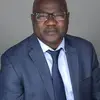
Opportunities
Capstone Project
To complete the major, students produce a comparative capstone project within one of the STWL courses. The capstone allows students to hone their critical skills and develop a global perspective through this research project. These faculty-advised projects can take various forms, from a written thesis, a creative writing project, a performance or film project. The goal of the capstone is to explore points of connection between two distinct textual traditions from African, American, Asian, Caribbean or European cultures.
You should begin coursework on your capstone project by the spring of junior year or, if you are studying abroad, the fall of your senior year. You will meet with your faculty advisor or the course instructor to work on a written statement that describes the capstone, identifies advisors and readers and outlines a timeline for the completion of the project.
Study Abroad & Study Away
STWL majors are encouraged to participate in study abroad, study away and/or community-based learning programs in order to more immersively experience the culture(s) they study. Maymester, semester and year-long programs linked with the Department of World Languages, Literatures and Cultures and the STWL major are available at Gallaudet University and in Cameroon, China, France, Germany, Italy, Jordan, Russia and Taiwan.
